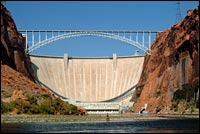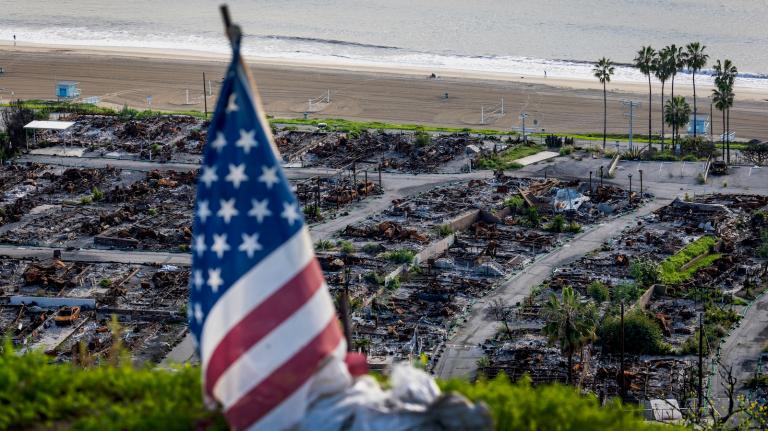
There is a major controversy brewing on how carbon neutral large scale hydroelectricity really is. It has been known for a long time that dams emit both methane and CO2. The question has always been, how much of those emission are net? According to the International Rivers Network (PDF), studies by ecologist Philip Fearnside of the National Institute for Research in the Amazon (INPA) have shown that net methane emissions from hydropower are slightly higher than those from burning natural gas.
Rivers generally have organic matter trapped in their silt and mud. This rots in the dark, wet environment, producing methane that’s dissolved in the water. In undammed rivers, bacteria consume the methane, converting it to CO2. (CO2 is a much less potent greenhouse gas than methane.) According to Fearnside’s research, the higher pressure created by large-scale dams forces the dissolved methane out.
As an analogy, he points to fizzy soft drinks. The CO2 in soft drinks is under pressure. Let an opened can sit, and within a day or less the soft drink will be flat. The same thing happens to methane in dams, only the “can” is already open.
Fearnside suggests that net emissions from all this are very high — probably higher than from burning natural gas. The hydroelectric industry contends most of the dissolved methane in river water would have escaped into the atmosphere in any case, before bacteria had time to convert it into CO2. Clearly this is an area where the IPCC needs to fund more research, quickly. If hydroelectricity is a major greenhouse gas emitter, that is very bad news — and we need to know about it quickly so we can take appropriate action.



